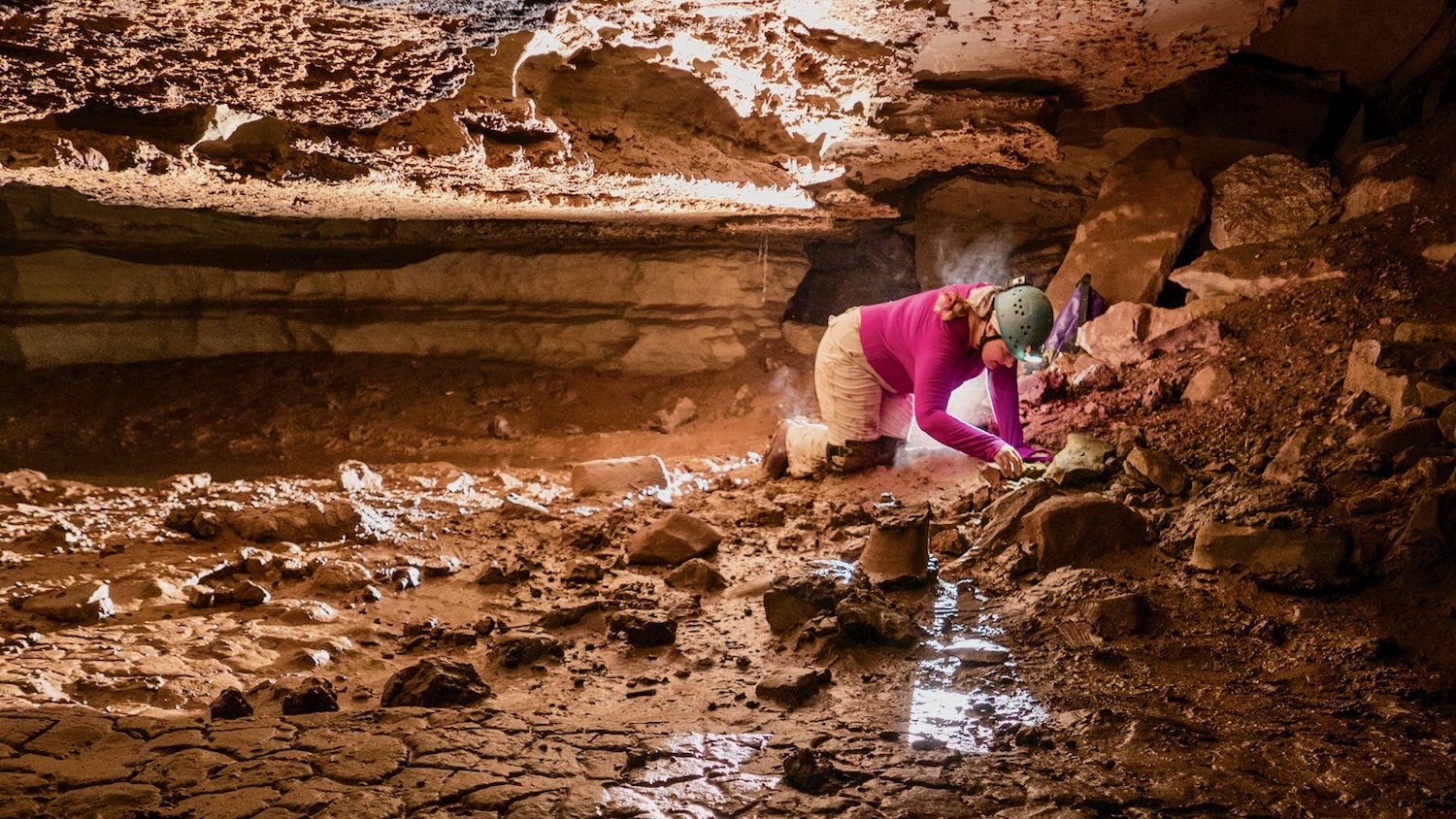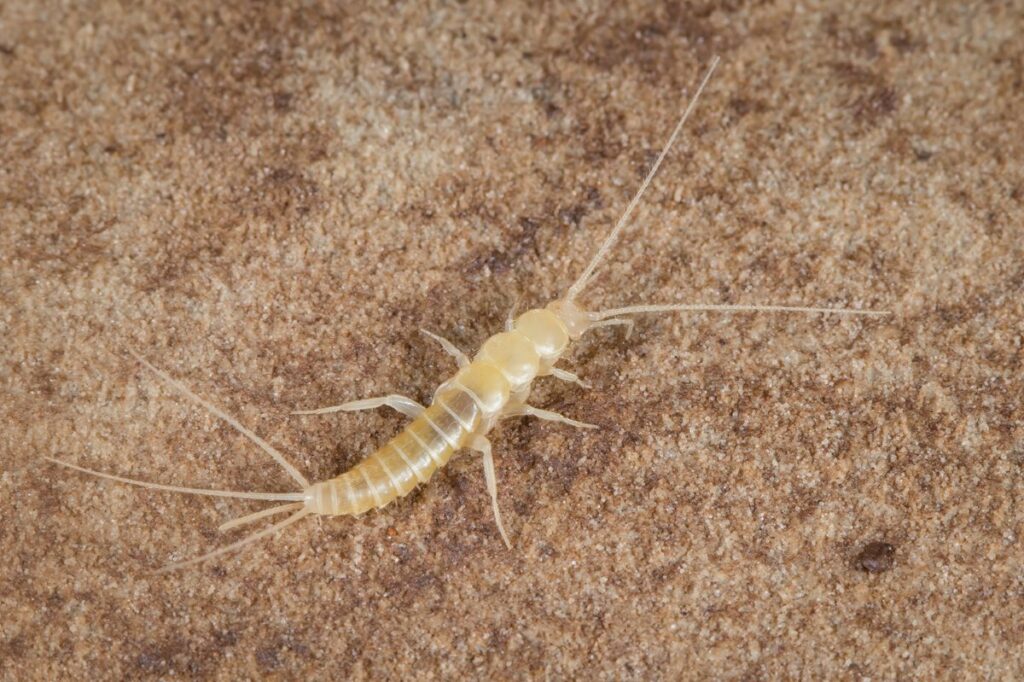New Species of Silverfish Discovered in Southeastern Caves

Researchers have found a new genus and species of cave-adapted silverfish in northern Alabama caves, which expands the region of cave-dwelling silverfish into the southeastern U.S. This unexpected discovery shows just how much biodiversity is waiting to be found in cave ecosystems across the region.
Silverfish are small insects also called bristletails and are one of the oldest, most primitive insects still alive today. Their ancestors were some of the first insects to come on land 400 million years ago, around the same time that trees first evolved. Different species of silverfish that live in caves have been found in the Ozarks, Texas, Mexico, and further west in California, but had not previously been documented in caves in the southeastern United States until now.
Cave-dwelling silverfish are different from the ones you might see crawling around your basement or kitchen sink. These silverfish don’t have pigment or eyes, and that makes them better-suited for low-light environments.
“This bristletail that we found is related to the silverfish that you might have in your house that would show up in your kitchen or bathroom. Basically, an eyeless de-pigmented version of that that lives only in underground habitats,” says co-author Matthew Niemiller, a cave biologist at The University of Alabama in Huntsville.

While they may be suited to live in dark, damp environments, researchers are not. It’s difficult to explore and collect samples from caves, and the team was not expecting to discover this new species during a regular biological survey. Nevertheless, while they were looking at the cave floor, walls, and ceiling, as well as underneath rocks, logs, and other debris, they stumbled across this new species that was later confirmed by morphological and genetic analysis.
Caves are an important, but little-studied, system of the Southeast, which is why there’s still a lot we don’t know about their biodiversity. This finding is significant beyond silverfish, it points to the enormous potential for research and discovery in southeastern caves.
“This finding highlights that even in an area like northern Alabama in cave systems that have had a decent amount of previous investigation, biologically, we can still find new species unknown to science,” says Niemiller. “You don’t have to travel to the far reaches of the Earth to find biodiversity, sometimes it’s in the largest city in Alabama, sometimes it’s underneath people’s feet.”
The paper, “A new genus and species of nicoletiid silverfish (Insecta: Zygentoma: Nicoletiidae) from caves of northern Alabama, USA” was published in Subterranean Biology in May 2024. This paper was co-authored by Luis Espinasa and Abrianna Gutierrez from Marist College, and Amata Hinkle from The University of Alabama in Huntsville.
This research was supported by the U.S. Geological Survey’s Southeast Climate Adaptation Science Center Cooperative Agreement No. G22AC00270.
For more detailed information, check out the cave microclimates project page.
- Categories:
